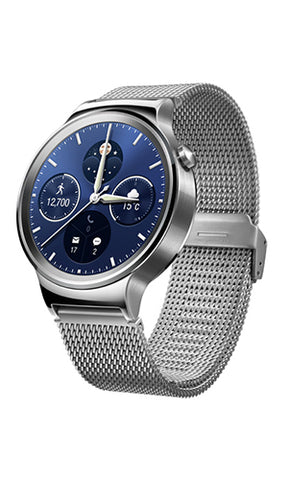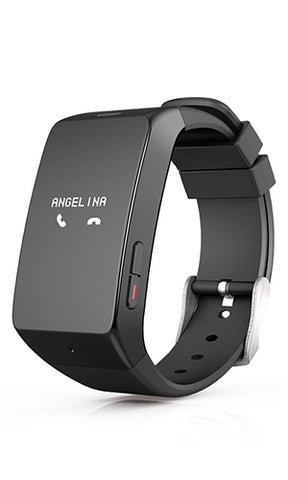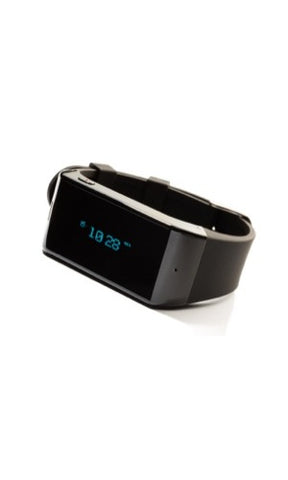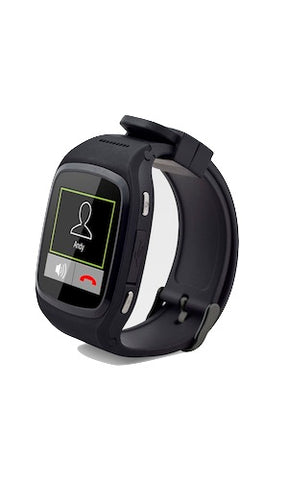The hands-free quandary: Wearables could lead to deadly, distracted driving
Written By
Wearables.com
We’re well aware that phones and tablets can be deadly distractions while driving. Studies have found that texting while driving — which is a triple threat because it requires visual, manual, and cognitive attention from the driver — takes drivers’ eyes off the road for an average of five seconds. If you’re traveling at 55 MPH, that’s enough time to cover the length of a football field, blindfolded.
It’s statistics like these that are prompting more and more cities to institute hands-free driving laws, in an attempt to cut down on a growing number of accidents and deaths caused by distracted drivers. Cities like Austin, TX and Portland, OR have implemented the ordinances — commonly known as “texting-while-driving-bans” —
It’s an area in which many argue that the law is already behind — even though research shows that distracted driving is as dangerous as drunk driving, states have been slow to create and enforce laws regulating cell phone use while driving.
It can seem like an uphill battle. Just as laws regulating cell phone use while driving are becoming more mainstream, another distraction is posing a potential threat to our road safety: wearables.
As the Apple Watch rolls out and the mainstream adoption of wearables borders on inevitable, do our distracted driving laws need to be revised? How can something be hands-free when it is attached to your hand? And, how dangerous will smartwatch distractions really be?
In Austin, TX, where the hands-free ordinance was just introduced at the beginning of 2015, the language states that “a driver of a motor vehicle may not use a phone, tablet, or other device to view, send, or compose an electronic message while moving” and goes on to define a portable electronic device with a long list of handheld examples that include a “mobile telephone, personal digital assistant, pager, portable computing device.” A smartwatch, it seems, would be defined as an “other device.”
However just because it’s the law, doesn’t necessarily mean citizens will comply with it. Will the fact that a smartwatch is physically attached to us make it harder to ignore its persistent vibrating and beeping when driving?
Some like Matt Sutherland, co-owner of Utah-based UX design firm, say no, arguing that smartwatches won’t produce any more distracted driving than we already have. “It’s not a net increase in distractions,” Sutherland told Wired in 2014. “I think some may cry that it adds fuel to the fire, but in reality the ones who will drive while messing around with their watches are the same ones who were messing with their phones,” he said.
And yet the entire premise of a smartwatch, and of the Apple Watch, particularly, is that it’s meant to habituate the user to cognitively react to a physical sensation. The Apple Watch’s “taptic engine” is meant as a way of alerting you to different digital notifications by silently tapping out distinct patterns on the user’s wrist. That constant, connected buzzing and alerting makes the smartwatch harder to ignore — even while on the road — argues Stephen Joseph.
Joseph, who filed a lawsuit in Los Angeles county in April against Apple, Samsung, Microsoft, and Google, is seeking a court order for the technology companies to fund a $1 billion public education campaign about the dangers of using a smartwatch while driving. “The temptation to check the tiny screen immediately after receiving a notification is virtually irresistible,” the suit argues.
National Safety Council CEO Deborah Hersman explains it this way: “People respond when someone taps you on the shoulder, and when your wrist is buzzing you’re going to be tempted to look at it.” In an interview with CNBC last week, Hershman cited studies from the U.K. that demonstrated drivers using smartwatches are actually looking down more than smartphone users as far as time — “2.5 seconds rather than less than 2 seconds,” she explains.
The connection a smartwatch like the Apple Watch hopes to create — that cognitive link between what you feel and how you respond to it — may be the exact reason it will be harder to ignore the device while driving. Or it may be, as Farhad Manjoo of the New York Times conversely argues, the exact reason using a smartwatch will present less of a distraction than a smartphone.
Manjoo sees the Apple Watch’s “taptic engine” as an ingenious feature. “As you learn the taps over time, you will begin to register some of them almost subconsciously: incoming phone calls and alarms feel throbbing and insistent, a text feels like a gentle massage from a friendly bumblebee, and a coming calendar appointment is like the persistent pluck of a harp,” writes Manjoo. “After a few days, I began to get snippets of information from the digital world without having to look at the screen — or, if I had to look, I glanced for a few seconds rather than minutes.”
This ability to detach himself from looking at the screen felt freeing for Manjoo, and may in fact mean that using the smartwatch while driving will lead to less eyes off the road than smartphone use.
But unfortunately, research also shows that a device doesn’t even need to take your eyes off the road in order to distract you. In studies looking at cellphone use and distracted driving, researchers have found that cell phones can cause inattention blindness — that is, the cognitive distractions of smartphone, or smartwatch, use (i.e thinking about how to respond to a text message, or replanning your day on account of a calendar reminder) can cause drivers to fail to comprehend or process information from actual objects on the road, even if they are looking at them.
“It’s not your hand that’s distracted — it’s your brain,” says Hersman.
Either way, there’s no doubt that the smartwatch will most likely lead to some form of distracted driving.
If wearing a smartwatch means registering taps and vibrations subconsciously, as Majood suggests, we may not even be conscious of the ways those alerts distract us from the road — whether we keep our eyes on it or not. And if we don’t register the taps subconsciously, then the consistency of them are likely to be harder to ignore — meaning more opportunities for drivers to take their eyes off the road.
As wearables become more widely used, road laws and safety will need to continue to adapt.
The post The hands-free quandary: Wearables could lead to deadly, distracted driving appeared first on Wearables.com.
Tags: Featured Items, smartwatch, Smartwatches




